(Click here for the full PDF statement)
Buffalo Niagara Waterkeeper Statement on Proposed Clean Water Rule Roll-Back
Waterways in the United States, especially in the Great Lakes and Western New York, have struggled to recover from over a century’s worth of pollution and mismanagement. However, just as our community has finally begun to restore these freshwater systems, a proposed roll-back of federal clean water protections could undermine decades of progress.
The process to roll back this rule was put into motion in February 2017, was challenged in the courts, and now announced again on December 11, 2018. It is clear that the Administration is relentless in pursuing a significant roll-back of the 2015 Clean Water Rule that will radically impact and remove federal protections for 60-80% of the nation’s waterways. This would be the most devastating act against clean water since the passage of the Clean Water Act in 1972[1].
There is no such thing as a stream, creek, tributary or wetland where it is safe to pollute. All waterways and water systems are connected in some form, and everyone lives downstream.
No community will be left untouched by this action, as every state, city, county, town, village and even neighborhoods could lose some form of water protections. The impacts will include degradation of water quality due to increased pollution discharges, and increased flooding associated with wetlands that are lost or filled in for development. In the western part of the country, the new rule would virtually eliminate the Clean Water Act’s protection of entire watersheds, geographic regions and in some cases, the majority of several states.
“We are only just beginning to grasp the scale and severity of the roll-backs in this proposed rule and early indications are that there will be devastating consequences on waterways nationwide”, said Jill Jedlicka, executive director of Buffalo Niagara Waterkeeper. “It is not an overstatement to say that this proposed rule is the biggest threat to our nation’s water quality in more than 46 years, and American citizens need to unite in their opposition to this terrible and damaging action. Even with decades of regulatory protections, over half of our nation’s rivers and streams, and one third of our nation’s lakes still remain impaired. We need to strengthen and improve water quality protections, not weaken them.”
Early assessment of the pre-publication language[2] of the proposed rule by Buffalo Niagara Waterkeeper has identified four provisions that quickly caught our attention relative to the Niagara River Watershed:
- scaling back the Rule to apply only to “traditional navigable waters” that primarily support business operations and transportation (much of Scajaquada Creek and other local waterways could be removed from the jurisdiction of the Clean Water Act)
- explicitly removing protections for groundwater (40% of Americans rely solely on groundwater, and historic groundwater pollution is a major issue in Western New York)
- eliminating protections for streams that are only fed by precipitation (such as all of our headwater communities)
- the loss of the basic rights of American citizens to protect their health and community under the citizen suit provision of the Clean Water Act for the 60-90% of waterways that are slated to be removed from the definition of Waters of the United States.
These key provisions, combined with our early evaluation of the potential impact on the waters of Western New York and the Great Lakes Basin, indicate the following:
- Over 1,000 miles of the 3,200 miles of streams in the Niagara River Watershed could lose federal Clean Water Act protections
- Up to 60% of headwater areas in the upper Niagara River Watershed that provide drinking water for our rural communities could be impacted
- After 20 years and $100 million in restoration efforts of the Buffalo River, nearly 35% of the Buffalo River’s tributary source waters could lose federal protection
- The new rule may allow for increased agricultural run-off in the western basin of Lake Erie, which is already suffering from harmful algal blooms caused by large scale nutrient pollution.
Jedlicka concluded that
“Buffalo Niagara Waterkeeper strongly opposes the goal of this fast-tracked rule-making in that is clearly intended to weaken many attributes of the Clean Water Act. Not only did this rule-making process blatantly violate established administrative and environmental law, but the recommendations that are being pushed are not based on the accepted science or ecology of the very waters the Clean Water Act is supposed to protect.”
[1] See our companion document to learn more about the difference between the Clean Water Act and the Clean Water Rule.
[2] https://www.epa.gov/sites/production/files/2018-12/documents/wotus_2040-af75_nprm_frn_2018-12-11_prepublication2_1.pdf

